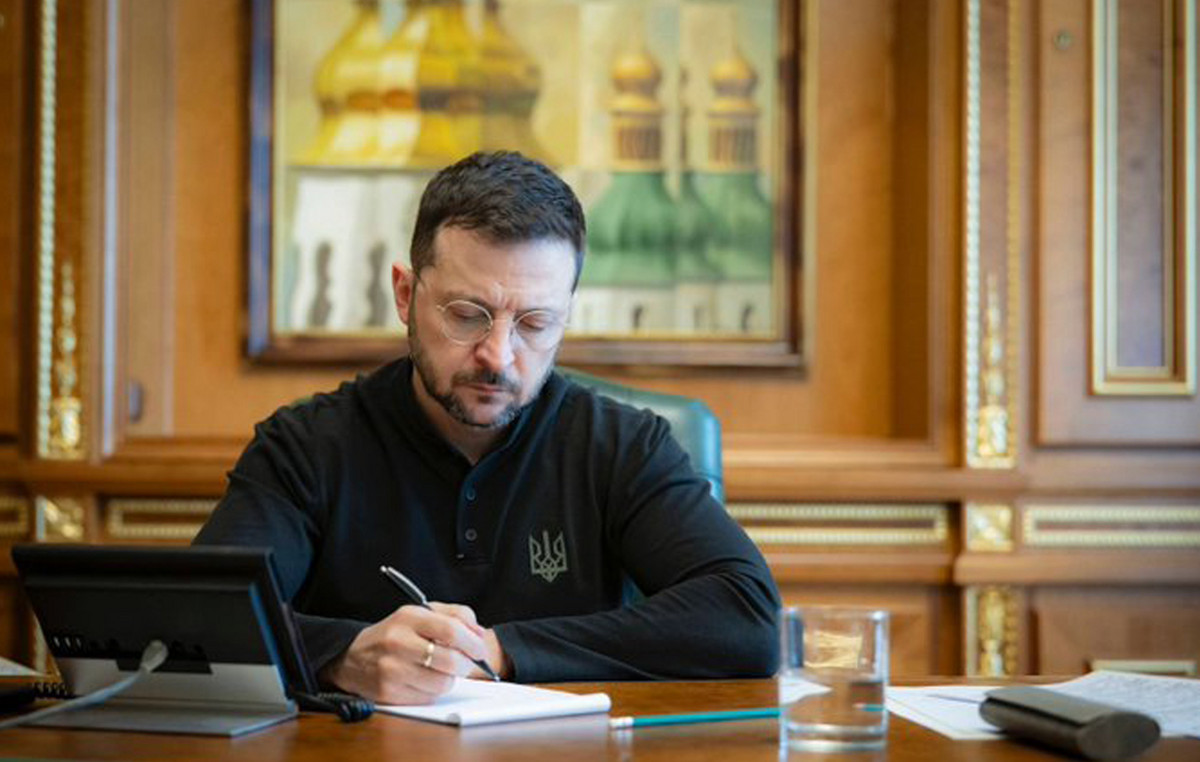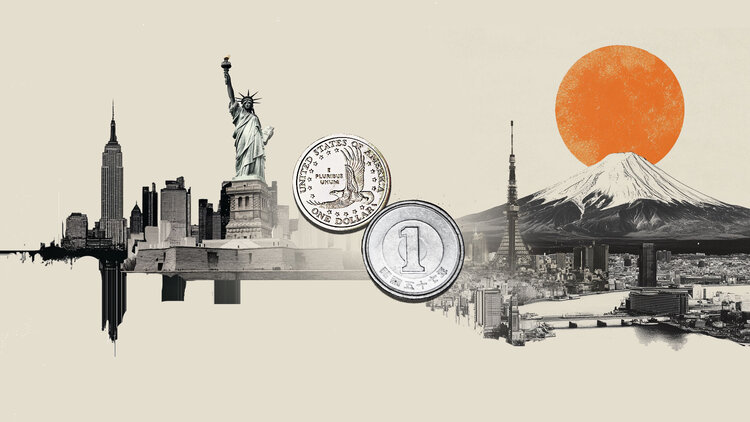The Russian ruble weakened on Thursday as the central bank cut interest rates to 11% in an off-policy meeting and the fiscal period ended at the end of the month, although capital controls kept it trading not far from the multi-year high against of the euro and the dollar.
The central bank cut its key interest rate by 300 basis points for the third time in a row, easing borrowing costs again after a sharp rise in interest rates to 20% in late February, just days after Russia sent tens of thousands of troops to Ukraine.
As of 10:48 Greek time, the ruble was 2.6% weaker against the dollar at 60.89, falling from 55.80, its strongest level since February 2018 and approaching a one-week low. Against the euro, the ruble fell 4.4% and traded at 63.32, having reached the seven-year high of 57.10 in the previous session.
The ruble began to fall on Wednesday after years of high prices, as the market awaited the bank’s decision. Several analysts had forecast a decrease of 200 basis points, with the bank reducing 300 basis points.
The ruble has so far been supported by capital controls, new gas payment terms that require the conversion of foreign currency into rubles and reduced imports.
But it has lost support from the tax period at the end of the month, where export-oriented companies usually convert foreign currency into rubles to pay local debts.
The picture on the Russian stock indexes was mixed. The RTS index in dollars fell 0.7% to 1230.4 points. The Russian ruble MOEX index rose 1.7% to 2378.4 points.
Source: Capital
I am Sophia william, author of World Stock Market. I have a degree in journalism from the University of Missouri and I have worked as a reporter for several news websites. I have a passion for writing and informing people about the latest news and events happening in the world. I strive to be accurate and unbiased in my reporting, and I hope to provide readers with valuable information that they can use to make informed decisions.







